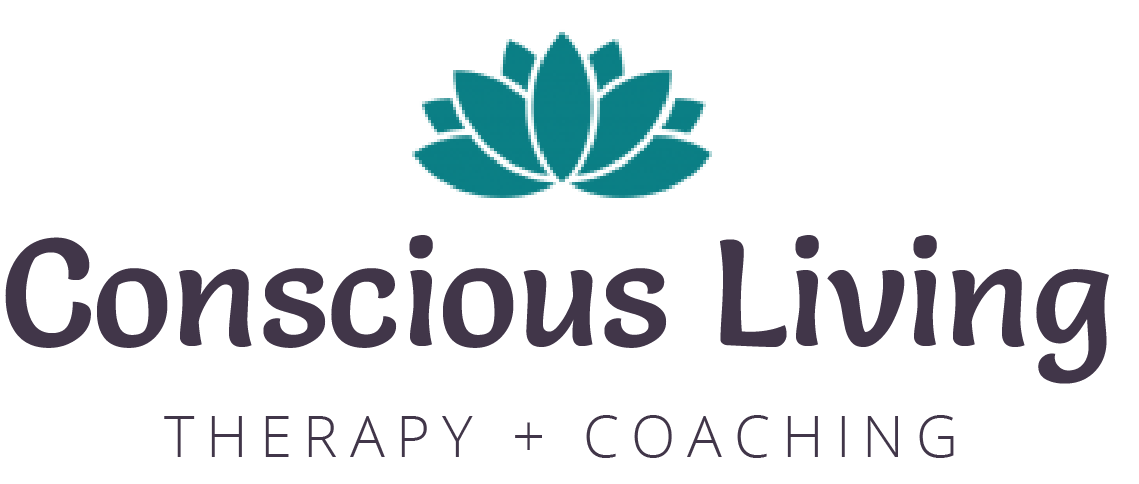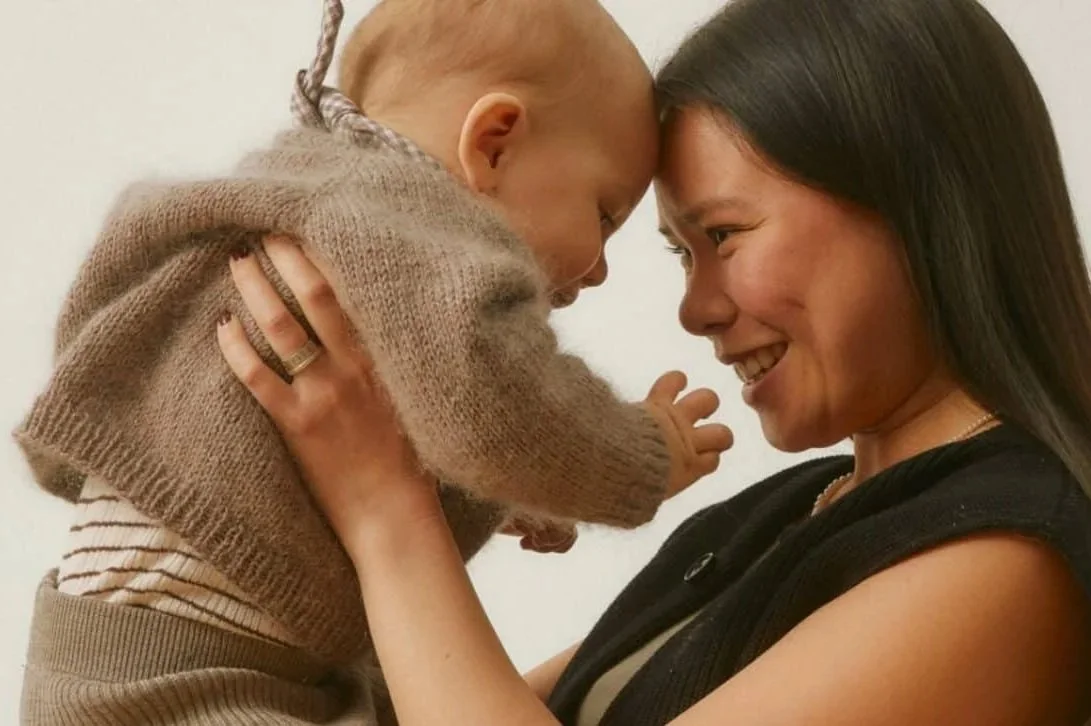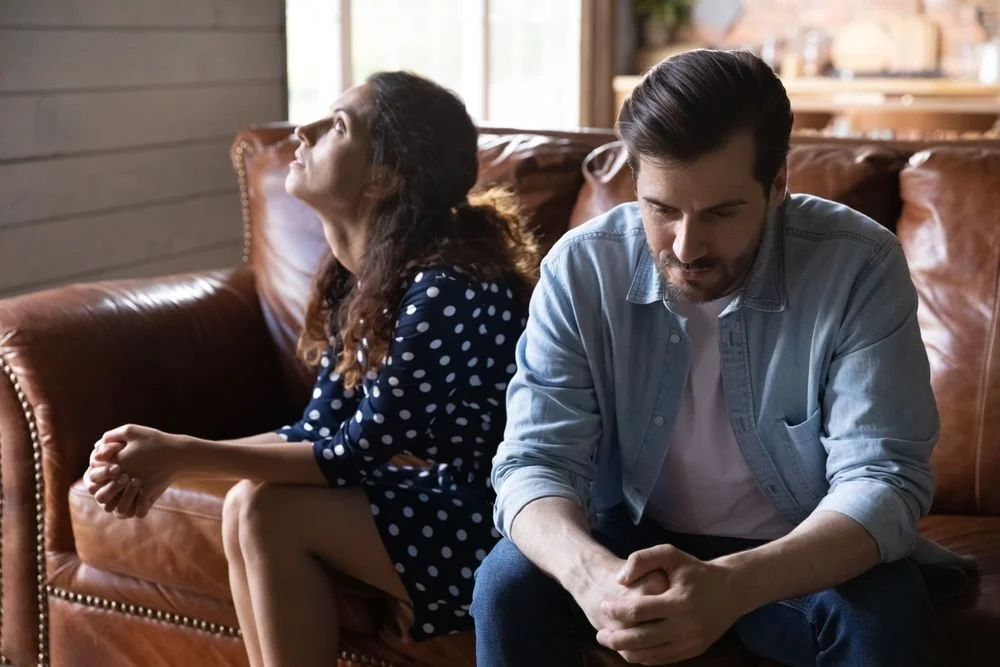Understanding attachment theory – The four attachment styles & what they mean
"Attachment is the first priority of living things.... For children, the ultimate agenda of becoming viable as a separate being can take over only when their needs are met for attachment, for nurturing contact, and for being able to depend on the relationship unconditionally.” – Gabor Maté
Have you wondered why certain people make you feel safe but others make you feel on edge? How in certain environments you might shrink and get quiet? One particular person may make you feel jittery, anxious, or drained, but another individual will bring out your humorous or relaxed side?
There’s a reason why we connect – or don’t connect – with others the way we do. And the explanation has much to do with our attachment style.
What is an attachment style?
An attachment style is the way we connect or relate to others in relationships and reflects the initial way we learned to form relational bonds. Starting in infancy, we developed patterns of behavior for how we navigate relationships – especially close ones. These early interactions formed the foundation of our attachment style. Consequently, they help explain why we experience and navigate life the way we do.
Why attachment styles matter
The way we seek relational closeness, safety, and comfort are biologically driven survival mechanisms, and our first attachment experiences, often with caregivers, are powerfully influential. Much like a blueprint or imprint, early attachment experiences lay the foundation for how we relate and connect with others in adulthood.
Types of attachment styles (secure & insecure)
There are four primary attachment styles including one ‘secure’ and three ‘insecure’ types.
1.) Secure Attachment
Secure attachments are when you feel safe and comfortable in the relationship. Sometimes trauma survivors may confuse safety with what feels familiar, however, in a true, securely attached relationship, both individuals feel safe to be imperfect. Sharing their truth doesn’t threaten the relationship and the relational dynamic is not stuck in a toxic pattern of dysfunction.
Secure attachment strengths include high self-esteem, effective emotional regulation and co-regulation, authentic vulnerability, physical safety, consistent interactions, trustworthy communication, honored boundaries, and mutual respect.
2. Anxious Attachment
People with an anxious or anxious-preoccupied attachment style cope with a strong fear of abandonment. They often struggle with overreliance on their partners and friends for emotional support, and their intense need for constant reassurance makes maintaining healthy boundaries difficult. Their fear of rejection makes vulnerability difficult, and being honest in relationships can feel risky.
Anxious attachment challenges include codependency, fear of being alone, people pleasing, insecurity, self-esteem issues, anxiety, and a constant need for validation – all of which can lead to an increased susceptibility to narcissistic exploitation.
3. Avoidant Attachment
Individuals with an avoidant or dismissive-avoidant attachment will crave independence. Their lack of emotional availability and tendency for hyper self-sufficiency result in a deep reluctance for closeness and even a fear of emotional intimacy. Despite feeling lonely, fear of losing autonomy will cause someone with this attachment style to struggle to commit to or deepen a relationship.
Avoidant attachment challenges include difficulty expressing emotions, withdrawing during conflict, struggling with emotional intimacy and trust, dissociating from overwhelming feelings, and discomfort with vulnerability.
4. Disorganized Attachment
The disorganized attachment style is perhaps the most complicated of them all. Individuals with this attachment style deeply desire relational closeness but are terrified of getting too close. These conflicting desires often lead to unpredictable and chaotic responses which in turn can perpetuate the dysfunctional relational dynamics they experienced in childhood.
Disorganized attachment challenges include vacillating between codependency and avoidance and intense difficulty with emotional regulation, vulnerability, and trust.
The origin of attachment theory
“A secure base from which to explore the world is the hallmark of a healthy attachment.” – Mary Ainsworth
Attachment theory was first clarified in the 1950s by psychiatrist John Bowlby and his collaborator Mary Ainsworth – both of whom observed the profound influence of a child’s first relational bond on emotional development, future relationships, and personal growth. Their research showed an irrefutable link to secure relational attachments in childhood and lifelong emotional resilience and relational well-being in adulthood.
Attachment vs Authenticity
In recent years, thought leaders such as Gabor Maté have expounded upon attachment theory, exploring connections between early relational attachment experiences and the capacity for authentic adult connections. His work revealed that children have two basic psychological survival needs:
1.) Attachment – Human connection
2.) Authenticity – The ability to be an individual capable of having, expressing, and manifesting individuality
The tragic conflict
In childhood, attachment is crucial for our survival. Therefore, a child will unconsciously suppress their emotions and needs if attachment is threatened, disconnecting from their true authenticity to maintain attachment to their caregivers. However, there comes a point in our growth where we are no longer willing to sacrifice our authenticity to get our attachment/relational needs met.
This tragic conflict is often what illuminates the shadow side of our attachment styles and encourages personal awareness and post-traumatic growth. There is often an internal conflict between continuing to live based on our original blueprint and maintaining attachment, or potentially losing attachment with loved ones in order to honor the authenticity we are uncovering as we grow and heal.
Read more: The tragic conflict - How to break the cycle of generational trauma
Attachment theory and the Child Chair
Attachment theory is intricately connected to the The Adult Chair model, specifically the Child Chair.
In the Child Chair, we don’t have discernment to know the difference between healthy and toxic or true or false. As children, we absorbed the takeaways from early relational interactions as unquestioned truths about the world. If, for whatever reason, we were unable to securely connect to a caregiver, our childlike brains may personalize and internalize that reality. We may conclude that ‘I don’t matter’ or ‘I’m not lovable.’ Sadly, those distorted beliefs often get carried into adulthood in the form of an insecure attachment style.
Attachment styles and relationships
Depending on how a particular attachment is formed, attachment styles can differ/change depending on the relationship. For instance, a child may feel anxious or avoidant around an abusive parent or an adult with an insecure attachment style, but they may still find and form a secure, healthy attachment with an emotionally secure teacher, grandparent, sibling, or friend.
If fractures in close-family relationships were not repaired in a healthy way when you were a child, it’s normal for anxious or avoidant patterns to manifest in your adult relationships, especially romantic ones.
How to cultivate secure attachment
Attachment styles are powerfully influential and deeply ingrained patterns, but they are not ‘fixed.’ With time, it is possible to grow in the way we relate to others and change our attachment style. While there is no one path to healing your attachment style, here are three guiding principles:
Identify where you’ve lost authenticity.
An insecure attachment style often means our childhood selves had to trade authenticity for connection. They experienced emotional rejection, neglect, or had to hide parts of themselves in order to maintain the attachment needed for survival. Healing begins when we recognize when and how we abandon our true needs or feelings.
Seek safe, healthy relationships with secure individuals.
Pursuing relationships where you are safe to be both vulnerable and authentic can help heal the hurt. Whether with an attachment-informed therapist or with an emotionally grounded friend, secure and reliable relationships can provide the corrective relational experiences we need to reshape old attachment blueprints.
3. Embrace self-regulation and self-compassion.
Insecure attachment keeps your nervous system firing on all cylinders. Recovering from relational hurt is a process that begins with regulating our nervous systems. Mindful breathing, gentle somatic movement, and safe interactions with other people signal to your Inner Child that it’s safe to be your authentic self now.
Read more: Polyvagal theory and trauma – healing the nervous system
In closing…
Please know – you are not broken. Healing insecure attachment is not about ‘fixing yourself.’ It’s more about restoring the lost connection between authenticity and attachment. Doing the work isn’t easy. It takes time, intentionality, and so much courage and self-compassion, but it is possible to heal and create healthy, secure attachments.
As you navigate the ups and downs of healing, having a secure, emotionally grounded relationship with a therapist can be highly beneficial. If you’d like professional support from an attachment-based, trauma-informed therapist or coach, please contact me. I’m here for you.
Read more: A message of hope for those in the messy middle of transformation
Let’s Connect
Hi there! I’m Jenny, a licensed Holistic Therapist (LISW-CP) and Certified Adult Chair® Master Coach.
I combine both therapy and coaching methodologies to provide my clients with a holistic perspective and the techniques they need to flourish. Rediscovering who you were always meant to be is an act of courage, and radical self-love can turn unconscious paralysis into conscious, authentic growth. Learn more about me here.





